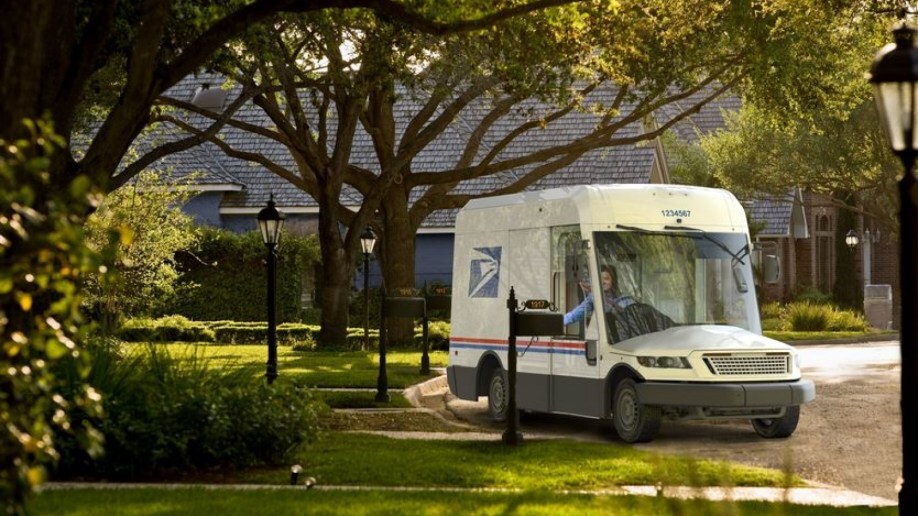The United States Postal Service has unveiled its next delivery truck. The trucks will be built by Wisconsin’s Oshkosh Defense, and you can expect to see the Next Generation Delivery Vehicle in your neighborhood in 2023. Driven by anthropomorphic animals who stop to chat with you, the main character, every day. We assume.
The cartoonish, Cozy Coupe proportions of the trucks instantly inspired millions of cries of “awwww!” across the internet.
While the proportions do look like something Dr. Seuss would idly sketch, there are good reasons for all of them. The enormous windshield and low hood give drivers a clear view of what’s in front of them, even very close to the vehicle. That’s critical for safety in a vehicle that will be moving slowly through neighborhood streets full of apple-cheeked children and talking dogs.
The low side windows allow drivers to easily reach mailboxes, which they’ll need to do thousands of times per shift, so they can deliver your acceptance to space school at the start of the film. The taller roof and longer length let them carry more packages, since, in the world of online delivery, that’s a much bigger part of what they’ll do than it was when the existing mail truck was designed.
They’ll also have 360-degree cameras, and front- and rear-crash avoidance with audio warnings. To the thanks of postal carriers everywhere, they’ll have air conditioning (today’s mail trucks don’t).
Gas Engines Mainly, Some Electrics
And what powers them? That’s…still up in the air. About 10 percent will be electric from the start. In a press release, the Postal Service says the rest will carry “fuel-efficient low-emission” internal combustion engines at first, with the option to convert to electric-only propulsion over time.
Why not make the jump all at once? President Biden has promised to convert the entire federal fleet to electric vehicles. Also, delivery trucks are pretty much ideal EVs – each has a defined route it travels every day, so range isn’t a concern. Buying 165,000 EV mail trucks would be a big step toward that goal. But that’s the problem – it’s a BIG step. The postal service would need to replace the trucks and build charging infrastructure in every city and town in America to make that work.
They will have to do that in the long run, in order to meet the President’s goal. But it will be a major cost, likely spread over time.








